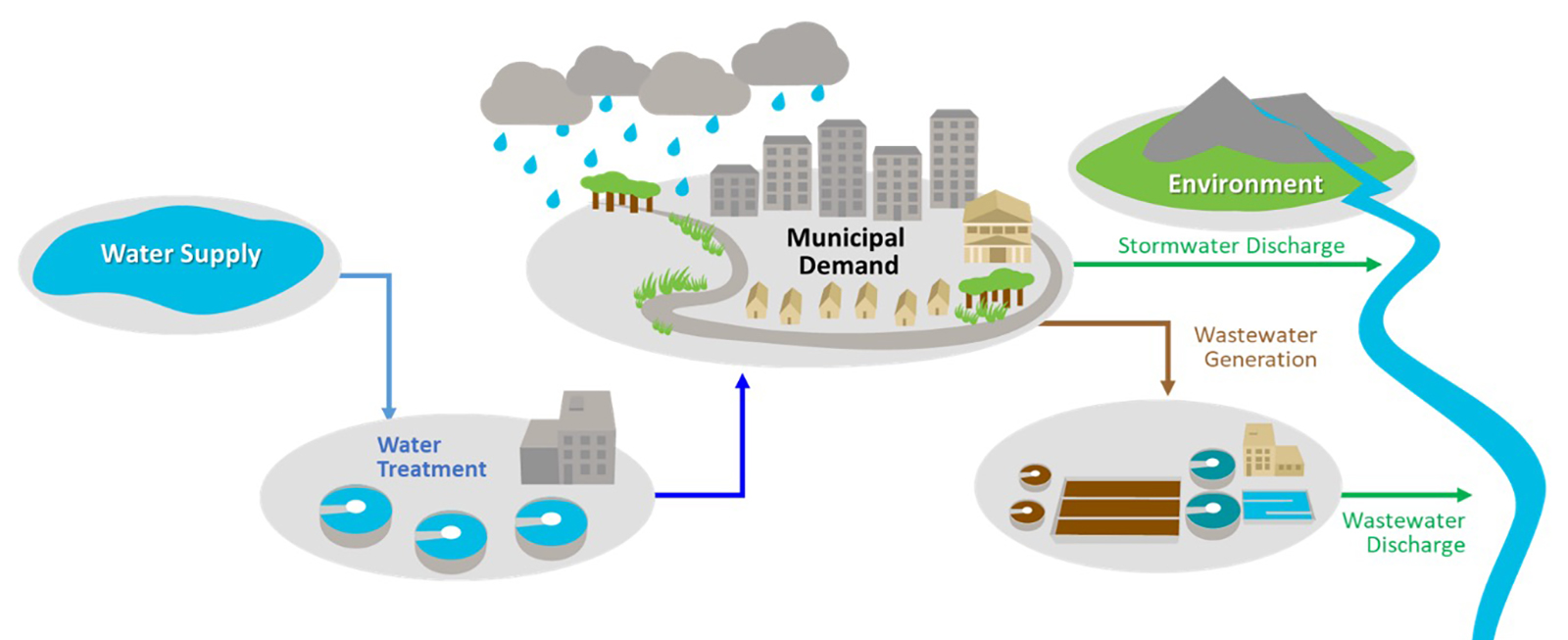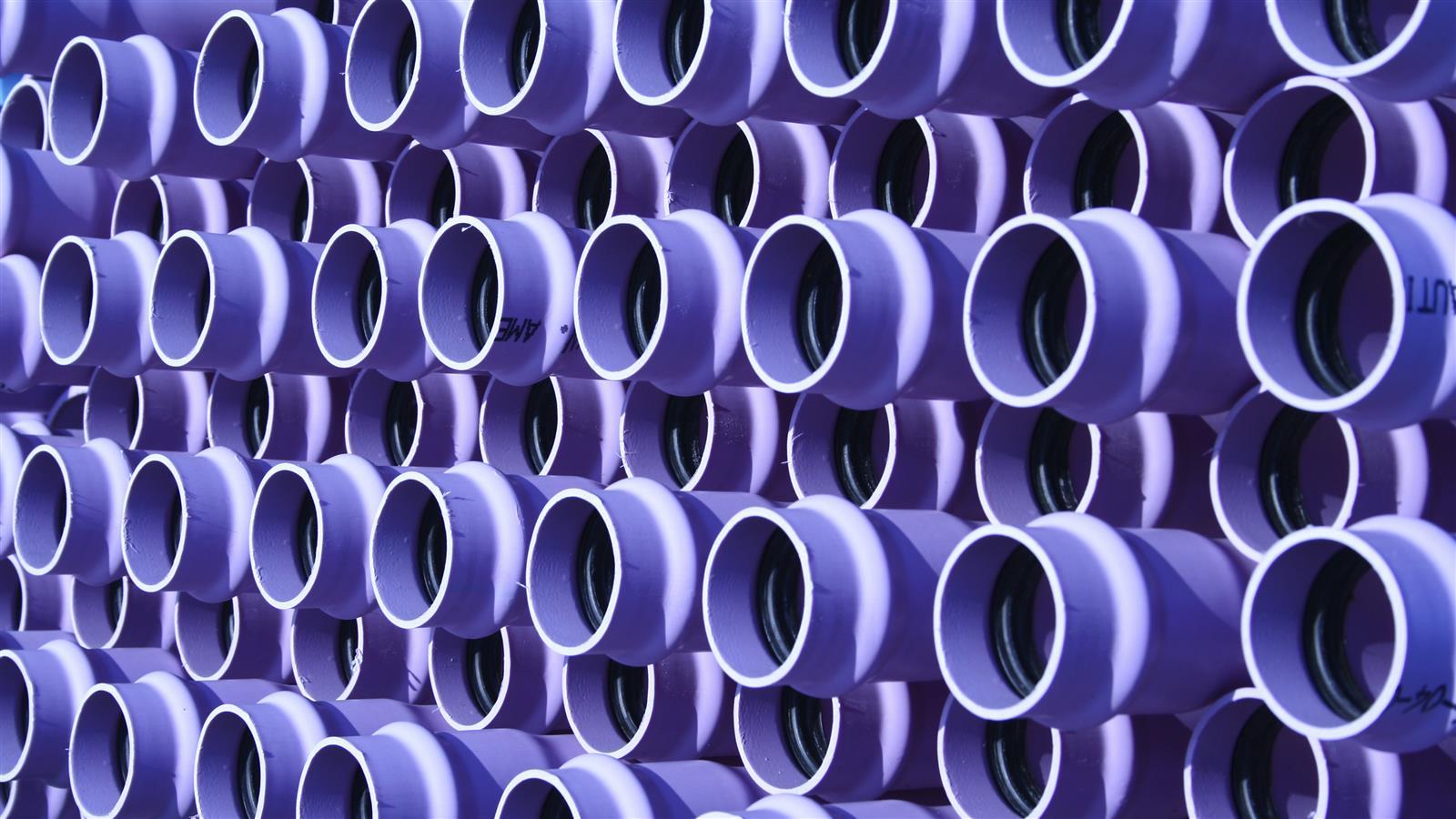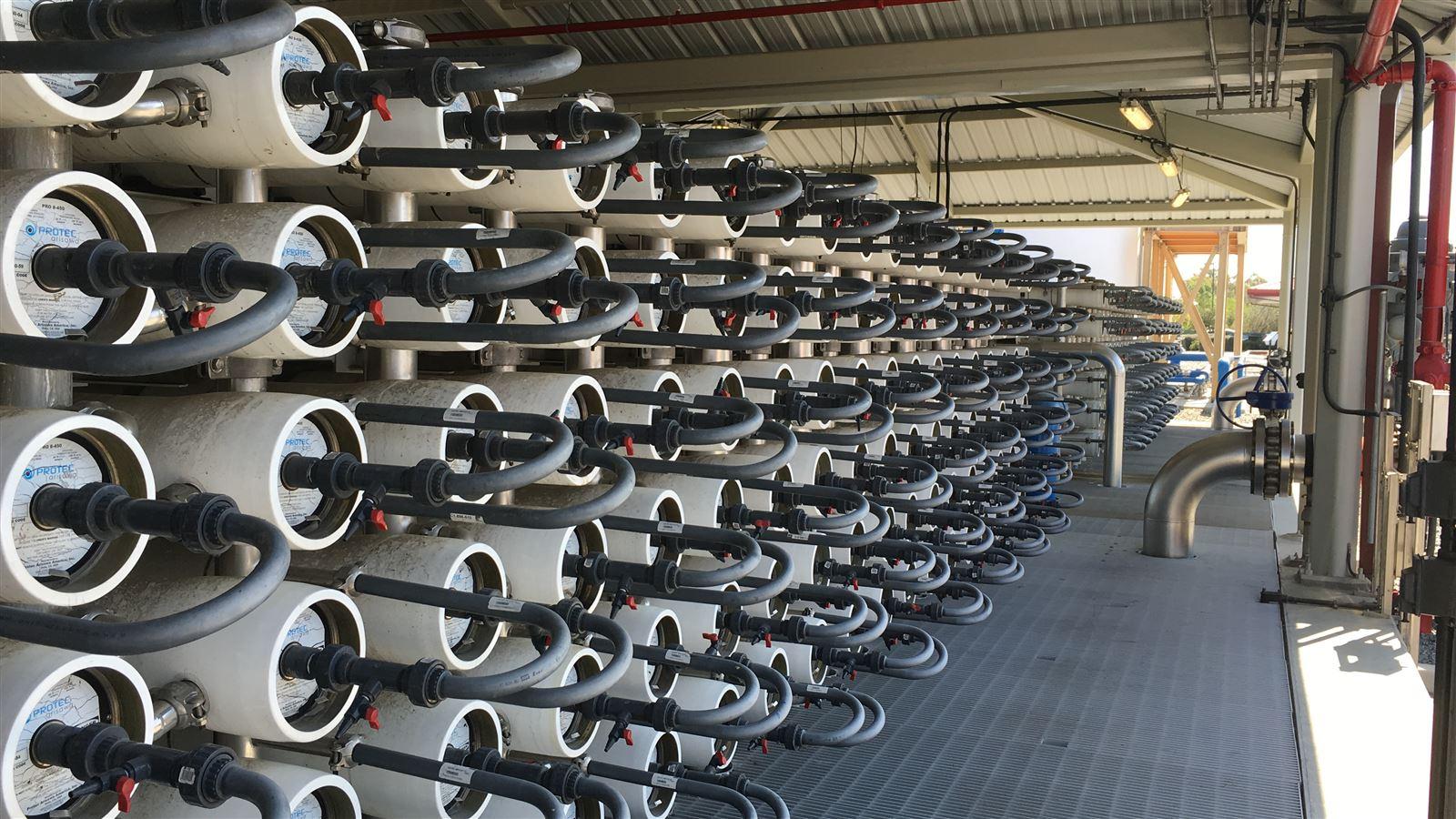Introduction to Reuse Master Planning
This article has been adapted from “Addressing Water Supply Gaps with Reuse: Tailoring a Reuse Master Plan for Your Needs,” a recent webinar from CDM Smith featuring the expertise of Jillian Tedder, P.E. and Johnathon Sheets, PhD, PE.. Stream the full webinar here and earn a PDH for attending.
Utilities can implement a tailored planning process known as reuse master planning, or reuse road mapping, to evaluate non-potable and potable reuse options. This tailored process aims to optimize a reuse-inclusive water supply portfolio that will best serve their community into the future.
Types of Reuse Supply
Effluent from a water reclamation facility or wastewater treatment plant (reclaimed water) destined for reuse can follow various pathways dependent upon the type of reuse supply and end use.
- For non-potable reuse: The effluent is directed to applications such as industrial reuse (cooling towers or process water makeup) or for public access uses such as irrigation.
- For potable reuse: The effluent gets directed to an advanced treatment facility.
- For indirect potable reuse (IPR): The effluent is directed to an environmental buffer such as a river, lake, stream, or aquifer. This is followed by downstream drinking water treatment and introduction into the drinking water distribution system.
- For direct potable reuse: Unlike IPR, the presence of an environmental buffer is absent. Purified water is sent to downstream drinking water treatment, or potentially directly into the drinking water distribution system.
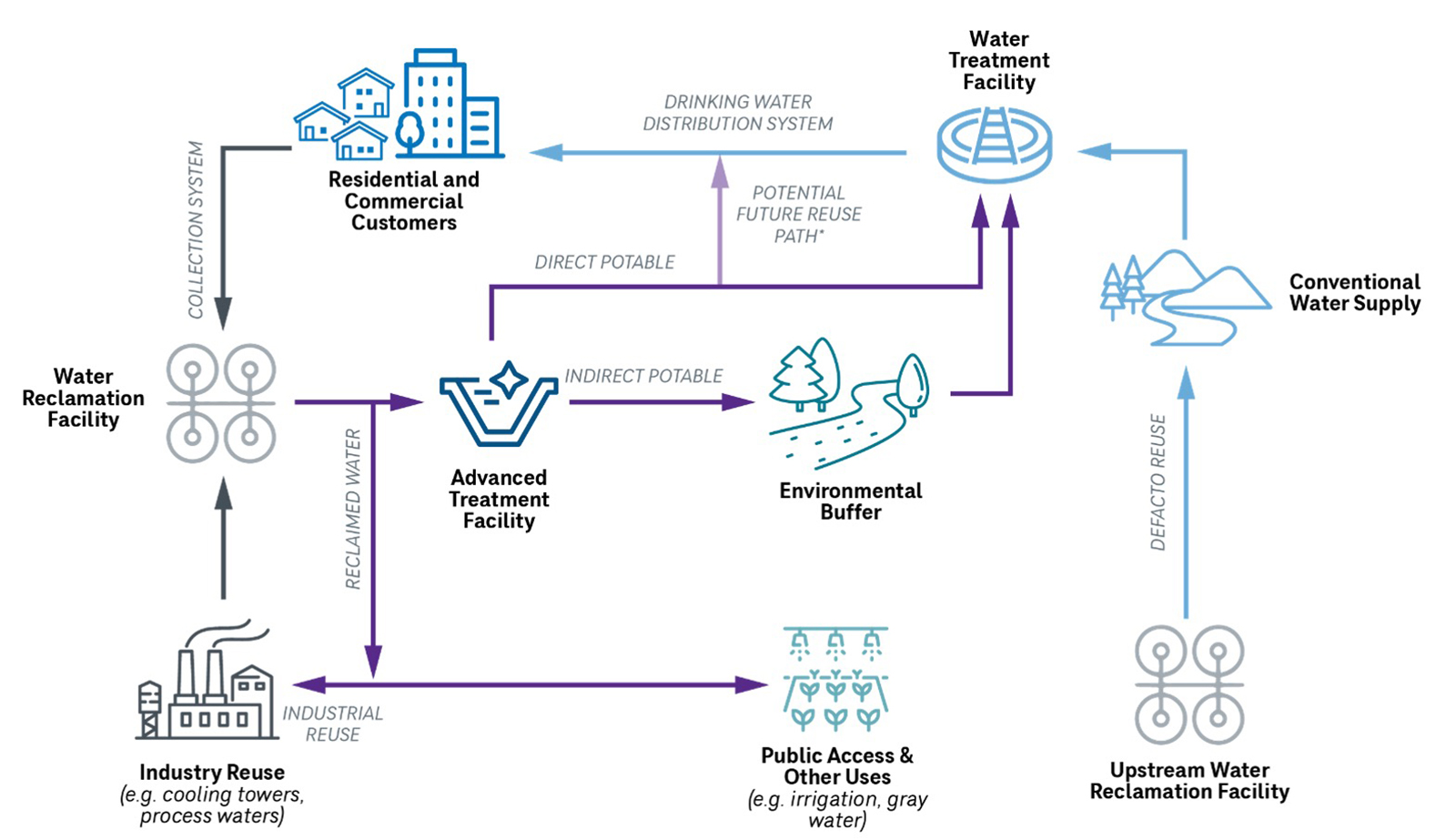
- Development of a holistic long-term water supply portfolio including non-potable and potable reuse
- Ability to anticipate treatment, piloting, regulatory, and outreach requirements for accurate planning-level cost development
- Determine when/how much to invest in non-potable reuse when future implementation of potable reuse seems likely
- Integrate existing water reuse systems into expanded portfolio of reuse options
- Meet sustainability and/or renewable water goals
- Plan for future regulatory compliance
- Partner with multiple external agencies and/or companies
- Make informed implementation timelines
- Traditional Non-potable Reuse Planning: The typical process flow involves assessing large water users, estimating their monthly demands, and mapping out potential reclaimed water systems through geospatial analysis. In non-potable reuse scenarios, storage evaluations are critical to accommodate diurnal fluctuations to maximize reuse due to constant wastewater flow yet varying end user demands. This process is continually evolving with a growing emphasis on different types of reuse.

- Non-potable Reuse Roadmapping for Industry: The first effort in non-potable reuse roadmapping for industry involves developing demand projections for the desired end use (e.g. water demand for data centers). Water quality, both on the reclaimed water side and requirements for the end use side is assessed and analyzed. Investigating the regulatory environment can be challenging due to varying existing regulations across states, but there is often an opportunity for industry to lead the way in shaping regulatory policies. Lastly, water availability is considered: Is there a local supply, or should on-site options be explored further?

- Integrated water resources planning/One Water plans: In IWRPs or One Water Plans, water, wastewater and reuse are planned together. The focus is typically on supply availability and risks (e.g. how can a utility or corporation fill future supply gaps?) and future treatment and conveyance needs. IWRP/One Water Plans identify cost-effective projects using a multi-criteria decision-making process, which is done over an extended timeframe, such as 100 years.
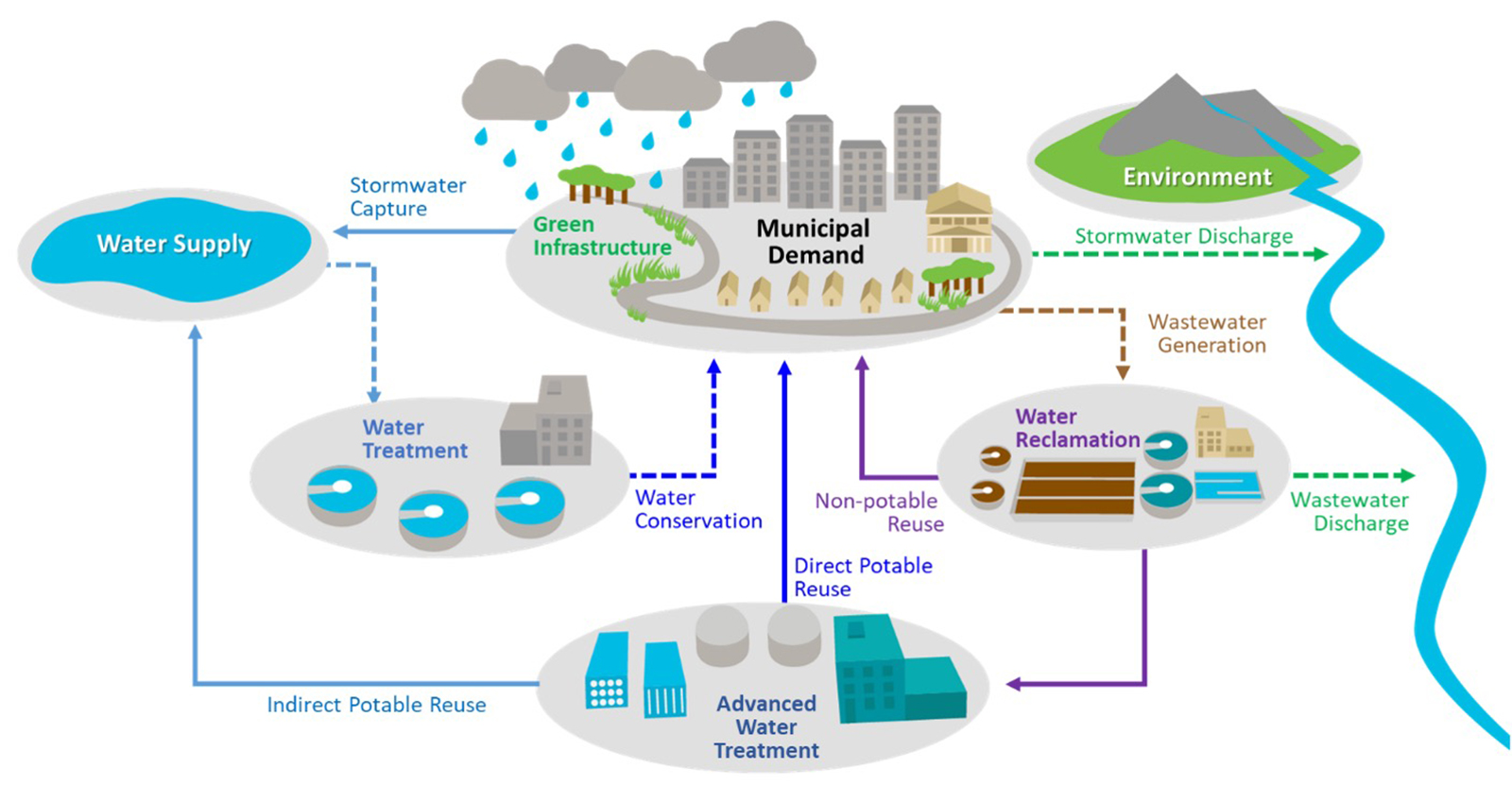
- Water and Wastewater Master Planning: Water and Wastewater Master Planning is more of a discrete approach with each separate system (water, wastewater, reuse) planned independently. Water/WW Master Plans focus mainly on distribution and collection system facility sizing, such as pump station sizing. It develops a capital improvement program over an extended timeframe such as 20 years.
